Ever since Christmas my usual high level of cooking interest has waned a bit. I really didn’t over-indulge much over the holidays (a good thing), so I wasn’t scrounging low calorie meals particularly, though I prepared a few new ones, all with dismal results.
I also have been spending an inordinate amount of time sitting with my leg up on an ottoman. Why? Because I had a skin cancer removed from my right lower leg on December 24th and had no idea when I made the appointment that the regimen was rest-rest-rest. (The office forgot to mention that part to me or I’d have waited until after Jan. 2nd.) It’s hard to cook meals from a sitting, semi-reclining position.
Perhaps I mentioned it some days after the 1st of January that after the doctor admonished me severely (she could tell I’d spent too much time on my feet) that I truly did sit with my leg UP. And languish. And get bored. I read. I watched TV, I caught up on some of my magazine reading. The wound itself is much larger than even the doctor thought it would be. It didn’t really hurt except the first couple of days. On the skin surface it looked about the size of a penny, but using a MOHS method of surgery, that sucker had spread out underneath, so the wound was big, slightly larger than a silver dollar. Now, 5 weeks out, it’s maybe slightly larger than a quarter and closing in. But it’s an open wound that must be carefully bandaged every 3 days (my DH does it for me as it’s in a very awkward place to try to do it yourself) with special cream, a sealing bandaging thing, leg wrapped and then I have to wear a compression stocking all day (promotes healing, they say). I can’t get tap water on the wound (for fear of infection) so have to cover my leg in a plastic bag every time I shower. Big nuisance. And no, my dr. did not want to do a skin graft.
This growing old stuff is for the birds! My back had fits from so much forced sitting, so I did make a few trips to the chiropractor. Then my left knee acted up – a pulled tendon or muscle – I think (from what, I don’t know), and after about 5 visits to the chiropractor for that one, it’s back to nearly normal now.
In between times I was up some, down a lot. After about a week of this forced rest stuff, at one of the follow-up visits to the dermatologist I asked the nurse if I could be “up” to fix dinner. She said oh, of course you can. You can lead a normal life, but just spend a few hours a day with your leg up. Ah-ha! I was back in the kitchen and my DH was a very happy camper I can tell you for sure!
I defrosted some chicken one night and made a chicken and artichoke heart sauce to go over rice. It was awful, I thought. But I had way too much left over to throw out, so I re-engineered it and made a casserole with pasta and cheese, hoping the cheese would enhance the flavor. No. After 3 meals of it (4 chicken breasts to start with) we threw out the remaining. I was glad to see it go. I made a new salad dressing and didn’t like it at all, but hated to throw it out, so we ate it, not liking it one bit.
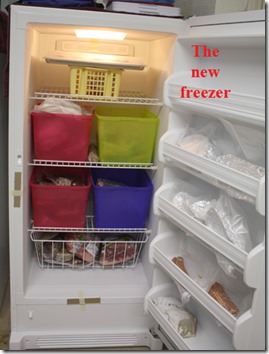 Then we discovered that our freezer part of our refrigerator/freezer in the garage – that holds most of our frozen meat, including the Berkshire pig meat, steaks, roasts, chicken, fish, etc. that I keep on hand all the time – was on the fritz. Oh dear. I tinkered with it for a few days, finally bought a freezer thermometer and was aghast when I discovered the temp was only 28°F in the freezer. No wonder the salmon I took out was almost bend-able. Finally we unloaded most of it (with the fish, I had to throw away all but one piece of sole as it had defrosted) into thermal coolers with dry ice, bought a new upright freezer at Best Buy, on sale, and waited until it was delivered 2 days later. I shopped for plastic boxes, just the right size, to store things in, that would fit on the shelves. Then I catalogued all the meat in there and re-positioned everything so I now can go to the pork box and pull out what I want. And I bought a white board so I will know (I hope) what’s IN the freezer all the time.
Then we discovered that our freezer part of our refrigerator/freezer in the garage – that holds most of our frozen meat, including the Berkshire pig meat, steaks, roasts, chicken, fish, etc. that I keep on hand all the time – was on the fritz. Oh dear. I tinkered with it for a few days, finally bought a freezer thermometer and was aghast when I discovered the temp was only 28°F in the freezer. No wonder the salmon I took out was almost bend-able. Finally we unloaded most of it (with the fish, I had to throw away all but one piece of sole as it had defrosted) into thermal coolers with dry ice, bought a new upright freezer at Best Buy, on sale, and waited until it was delivered 2 days later. I shopped for plastic boxes, just the right size, to store things in, that would fit on the shelves. Then I catalogued all the meat in there and re-positioned everything so I now can go to the pork box and pull out what I want. And I bought a white board so I will know (I hope) what’s IN the freezer all the time.
We also bought a small 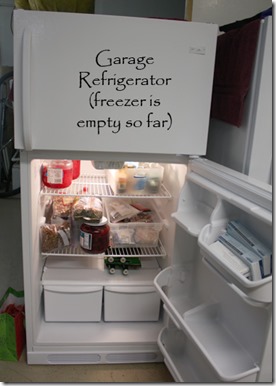 refrigerator freezer for the garage too. It was on sale as well. It’s quite small, but has enough room to hold a turkey in November and has room for the myriad of plastic boxes that contain all kinds of jarred stuff that I don’t have room for in the kitchen refrigerator. Do you have stuff like that too? Like a jar of harissa with just a tiny bit I’ve used, some preserved lemon, walnut oil, specialty mustards, lots of different nuts that I don’t use much, 2 huge jars of maraschino cherries that I use in December when I bake Bishop’s Bread. A reader (thank you) sent me a link to a farm in Washington State, near Yakima, that sells maraschino cherries that don’t have that wicked red dye in them. I ordered a jar (Tillen Farms) and it will sit there unopened until next December. I hate to throw away the other 2 jars, though. You can see that new jar sitting on the middle shelf. Sometime soon I’m going to make a list of everything in those plastic boxes in the refrigerator (I have another white board to go on that door too) so I’ll know at a glance what’s there. And I won’t have to open the refrigerator since I’ll have the list on the whiteboard on the front. That extra package of hot paprika that Janet gave me for Christmas. Check. The hazelnuts. Check. Asian plum sauce. Check. Hoisin Sauce. Check. Hazelnut oil. Check. Ah, 2 jars of preserved lemon. Check. Mint sauce from England. Check. Garlic jam to serve on cream cheese. Check. And on and on it goes. Getting organized is hard work!
refrigerator freezer for the garage too. It was on sale as well. It’s quite small, but has enough room to hold a turkey in November and has room for the myriad of plastic boxes that contain all kinds of jarred stuff that I don’t have room for in the kitchen refrigerator. Do you have stuff like that too? Like a jar of harissa with just a tiny bit I’ve used, some preserved lemon, walnut oil, specialty mustards, lots of different nuts that I don’t use much, 2 huge jars of maraschino cherries that I use in December when I bake Bishop’s Bread. A reader (thank you) sent me a link to a farm in Washington State, near Yakima, that sells maraschino cherries that don’t have that wicked red dye in them. I ordered a jar (Tillen Farms) and it will sit there unopened until next December. I hate to throw away the other 2 jars, though. You can see that new jar sitting on the middle shelf. Sometime soon I’m going to make a list of everything in those plastic boxes in the refrigerator (I have another white board to go on that door too) so I’ll know at a glance what’s there. And I won’t have to open the refrigerator since I’ll have the list on the whiteboard on the front. That extra package of hot paprika that Janet gave me for Christmas. Check. The hazelnuts. Check. Asian plum sauce. Check. Hoisin Sauce. Check. Hazelnut oil. Check. Ah, 2 jars of preserved lemon. Check. Mint sauce from England. Check. Garlic jam to serve on cream cheese. Check. And on and on it goes. Getting organized is hard work!




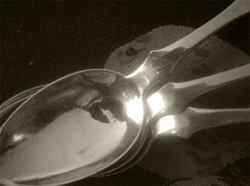


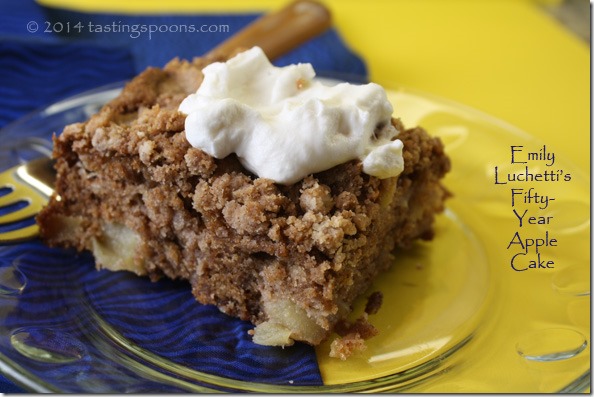
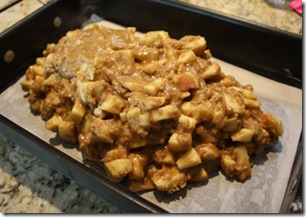
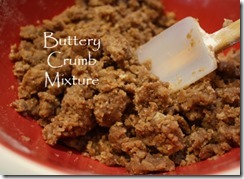
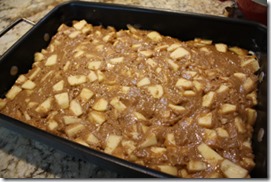
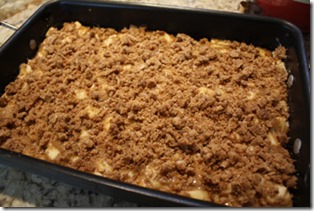
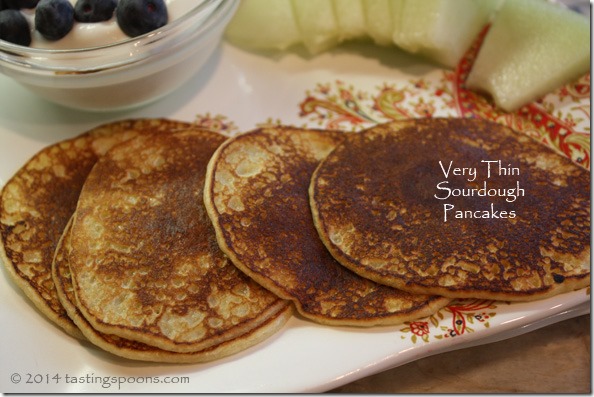
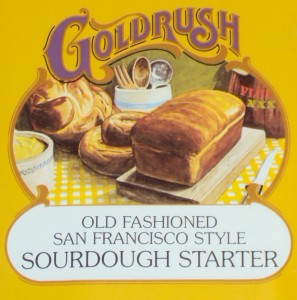
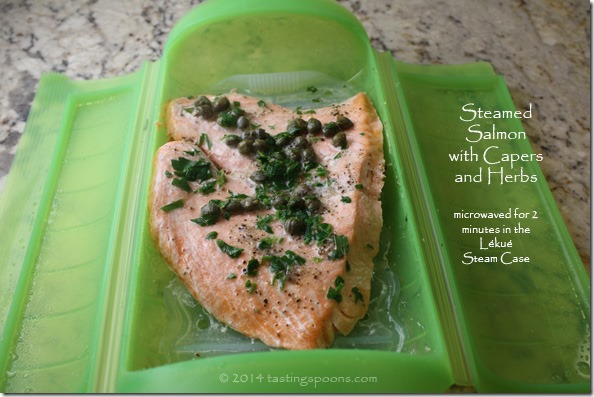
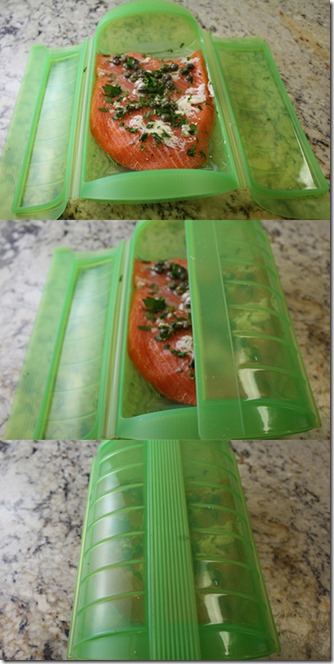
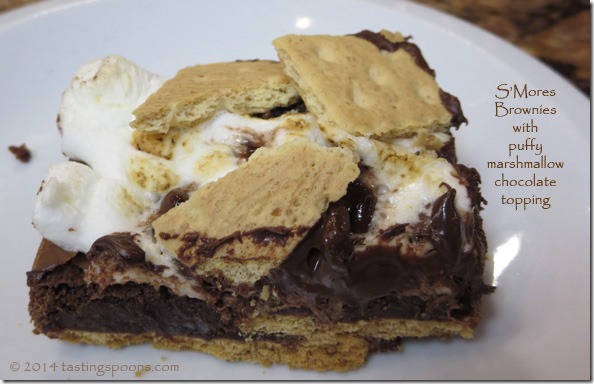
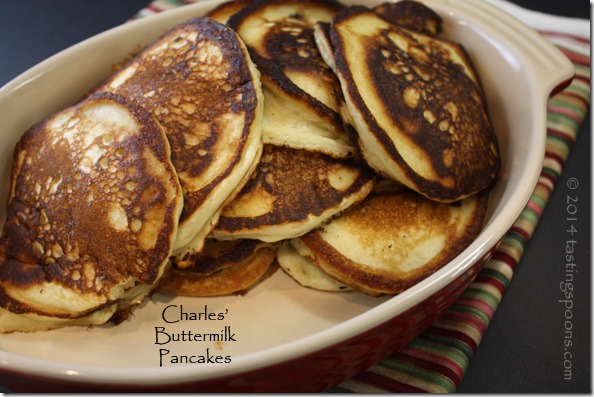

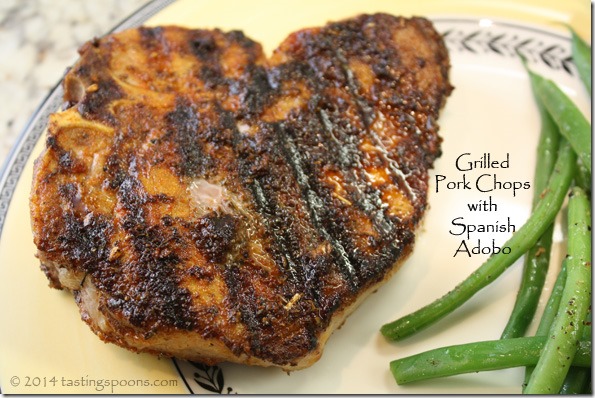



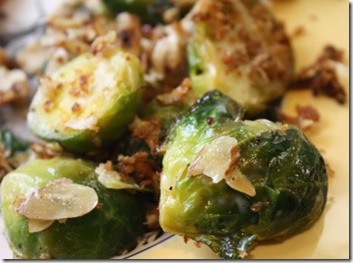
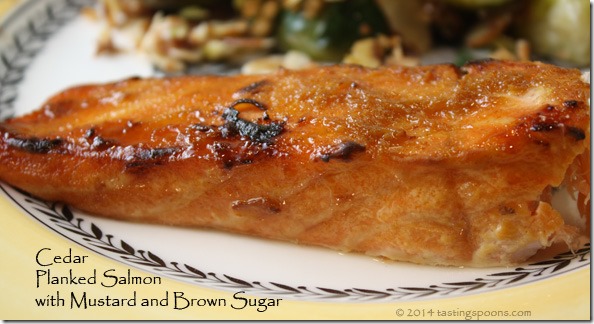
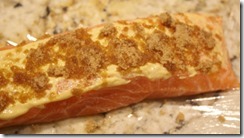
Leave a Comment!